-
 Bitcoin
Bitcoin $108,489.6704
1.13% -
 Ethereum
Ethereum $2,502.0528
2.92% -
 Tether USDt
Tether USDt $1.0002
0.00% -
 XRP
XRP $2.1941
0.51% -
 BNB
BNB $655.3375
1.00% -
 Solana
Solana $151.5977
1.27% -
 USDC
USDC $0.9999
0.00% -
 TRON
TRON $0.2768
0.32% -
 Dogecoin
Dogecoin $0.1676
2.86% -
 Cardano
Cardano $0.5675
0.98% -
 Hyperliquid
Hyperliquid $40.6109
7.48% -
 Bitcoin Cash
Bitcoin Cash $500.7746
2.09% -
 Sui
Sui $2.8328
2.03% -
 Chainlink
Chainlink $13.4452
1.26% -
 UNUS SED LEO
UNUS SED LEO $9.1623
0.39% -
 Avalanche
Avalanche $18.2267
2.24% -
 Stellar
Stellar $0.2382
0.00% -
 Toncoin
Toncoin $2.8885
1.68% -
 Shiba Inu
Shiba Inu $0.0...01159
0.91% -
 Litecoin
Litecoin $87.1827
0.88% -
 Hedera
Hedera $0.1511
2.90% -
 Monero
Monero $315.4992
-0.59% -
 Polkadot
Polkadot $3.4663
2.34% -
 Bitget Token
Bitget Token $4.6118
-0.65% -
 Dai
Dai $1.0000
-0.01% -
 Ethena USDe
Ethena USDe $1.0003
0.02% -
 Uniswap
Uniswap $7.2989
4.69% -
 Pepe
Pepe $0.0...01003
5.73% -
 Aave
Aave $275.5616
7.15% -
 Pi
Pi $0.5181
-2.49%
Is it credible if MACD bottom diverges but the volume is low?
MACD bottom divergence with low volume may signal a weak bullish reversal, as declining momentum lacks strong market participation.
Jun 30, 2025 at 11:00 am
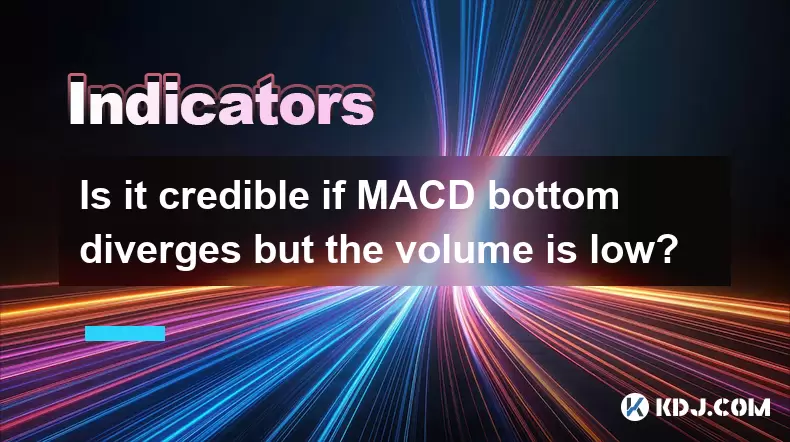
Understanding MACD Bottom Divergence
MACD (Moving Average Convergence Divergence) is a popular technical analysis tool used by traders to identify potential trend reversals. A bottom divergence occurs when the price makes a lower low, but the MACD indicator forms a higher low. This suggests that momentum may be shifting upwards despite the continued downward price movement. Traders often interpret this as a signal of an upcoming bullish reversal.
However, in isolation, MACD divergence is not always reliable. It needs to be confirmed with other indicators or market context. The key question arises: what if there's a bottom divergence but volume remains low?
The Role of Volume in Confirming Divergence Signals
Volume plays a critical role in confirming any technical signal, including MACD divergences. In general, rising volume during a price move confirms strength, while low or declining volume suggests weakness in the current trend. When a MACD bottom divergence appears but is accompanied by low trading volume, it raises doubts about the credibility of the reversal signal.
Low volume indicates that fewer traders are participating in the move, which could mean that institutional players aren't actively buying or selling. Therefore, even though the MACD shows a divergence, the lack of volume support may suggest that the reversal lacks conviction and might not lead to a significant uptrend.
How to Interpret Low Volume During MACD Divergence
When analyzing a situation where MACD bottom divergence coincides with low volume, several factors come into play:
- Market Sentiment: Low volume may indicate indecision among traders. Bulls may not be aggressive enough to push prices higher, and bears may not be fully committed to pushing them lower.
- Liquidity Conditions: In illiquid markets or during off-peak trading hours, volume can naturally be lower, making it harder to draw strong conclusions from volume-based signals.
- Timeframe Consideration: On smaller timeframes like 1-hour or 15-minute charts, volume fluctuations are more common and less reliable compared to daily or weekly charts.
Therefore, interpreting low volume during a MACD divergence requires careful evaluation of the broader market environment and timeframe being analyzed.
Combining Other Indicators for Confirmation
To assess whether a MACD bottom divergence with low volume is credible, traders should consider incorporating additional tools:
- Relative Strength Index (RSI): If RSI is also showing divergence and is near oversold levels (below 30), it adds weight to the potential reversal.
- Price Action Analysis: Look for bullish candlestick patterns such as hammer candles or engulfing bars that coincide with the divergence.
- Trendline Breaks or Moving Averages: A break above a key resistance level or a moving average like the 20-day EMA can confirm that the downtrend is losing steam.
- On-Balance Volume (OBV): This volume-based indicator can help track accumulation or distribution over time, offering insights into whether smart money is entering or exiting.
Using these complementary tools can provide a clearer picture of whether the divergence is worth acting on.
Practical Steps to Evaluate MACD Divergence with Low Volume
If you're facing a scenario where MACD bottom divergence appears but volume is low, follow these steps:
- Analyze multiple timeframes: Check if the divergence appears consistently across different chart intervals.
- Look for confluence: Combine with other indicators like RSI or Bollinger Bands to see if they align with the potential reversal.
- Observe candlestick formations: Bullish reversal patterns increase the probability of a valid signal.
- Wait for confirmation: Instead of entering immediately, wait for a breakout or a close above a key level to avoid false signals.
- Use stop-loss orders: Protect your position in case the divergence fails and the downtrend continues.
By following these practical steps, traders can better manage risk and improve their decision-making process when dealing with ambiguous signals like MACD divergence with low volume.
Frequently Asked Questions
Q1: Can MACD divergence work effectively in sideways markets?
Yes, MACD divergence can still occur in sideways or range-bound markets. However, its effectiveness depends on the presence of clear swing highs and lows. In choppy conditions, false divergences may appear frequently, so traders should use additional filters like volume or volatility indicators.
Q2: Does volume matter more than MACD in crypto trading?
Volume provides context to price action and indicator signals. While MACD offers insights into momentum shifts, volume helps validate whether those shifts are supported by real market participation. In fast-moving crypto markets, both are important, but volume often acts as a confirmation tool rather than a standalone signal.
Q3: Should I ignore all MACD divergences if volume is low?
Not necessarily. Some divergences with low volume may still result in short-term bounces or consolidation phases. However, traders should treat them with caution and look for additional signs before committing capital. It’s wise to view low-volume divergences as potential setups, not confirmed entries.
Q4: How does time frame affect the reliability of MACD divergence and volume?
Shorter timeframes tend to generate more noise and false signals, especially regarding volume spikes and divergences. Longer timeframes like daily or weekly charts offer more reliable readings because they smooth out volatility and reflect broader market sentiment. Always cross-check divergence signals across multiple timeframes for better accuracy.
Disclaimer:info@kdj.com
The information provided is not trading advice. kdj.com does not assume any responsibility for any investments made based on the information provided in this article. Cryptocurrencies are highly volatile and it is highly recommended that you invest with caution after thorough research!
If you believe that the content used on this website infringes your copyright, please contact us immediately (info@kdj.com) and we will delete it promptly.
- Ripple, Stablecoin, Adoption: RLUSD Leading the Charge
- 2025-06-30 14:30:12
- Bitcoin ETF, IBIT, and the Bull Flag: Is $144,000 on the Horizon?
- 2025-06-30 14:50:12
- Bitcoin, Passive Income, and a Bull Raise: Riding the Crypto Wave
- 2025-06-30 14:30:12
- Bitcoin, Personal Loans, and Omega 88: A New Era in Lending?
- 2025-06-30 15:09:14
- Saylor's Strategy: How MicroStrategy's Bitcoin Bet is Reshaping Finance
- 2025-06-30 14:52:14
- Metaplanet's Bitcoin Blitz: From Zero to Hero in the Corporate Treasury Race
- 2025-06-30 15:10:54
Related knowledge
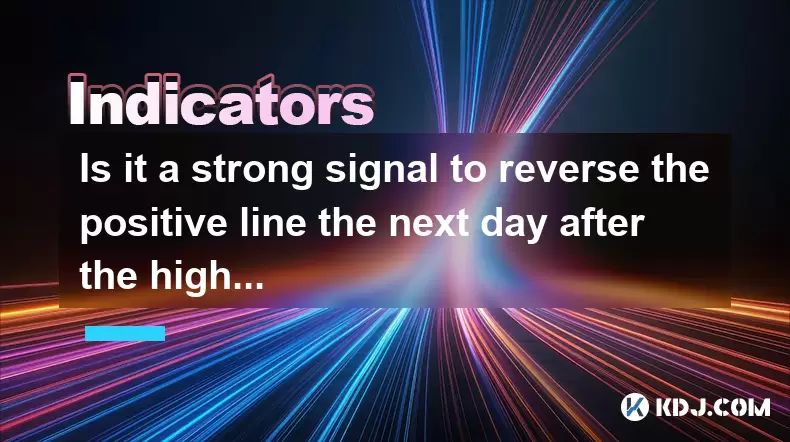
Is it a strong signal to reverse the positive line the next day after the high-level long upper shadow line?
Jun 30,2025 at 03:56pm
Understanding the High-Level Long Upper Shadow LineIn technical analysis, a high-level long upper shadow line refers to a candlestick pattern where the price opens at a certain level, rises significantly during the session, but then closes much lower than its high point. This results in a candle with a long upper wick or shadow, indicating that buyers p...
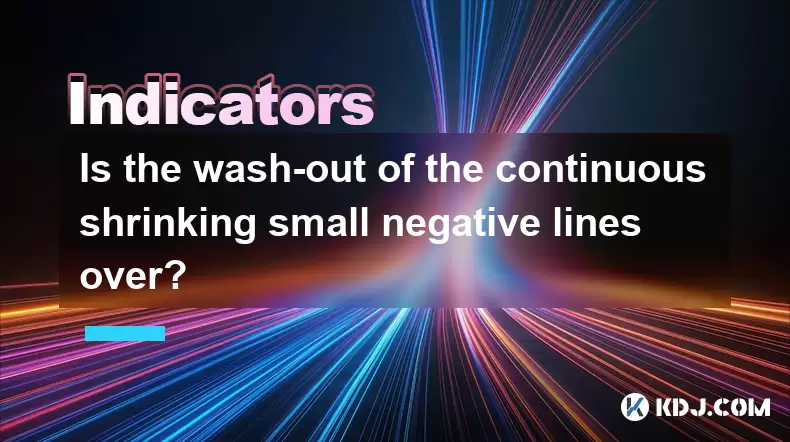
Is the wash-out of the continuous shrinking small negative lines over?
Jun 30,2025 at 12:21pm
Understanding the Concept of Wash-Out in Cryptocurrency MarketsIn cryptocurrency trading, a wash-out refers to a sharp price decline that forces weak-handed traders and investors to liquidate their positions. This often happens when a series of small negative candlesticks appear on the chart, indicating bearish sentiment without a significant breakout. ...
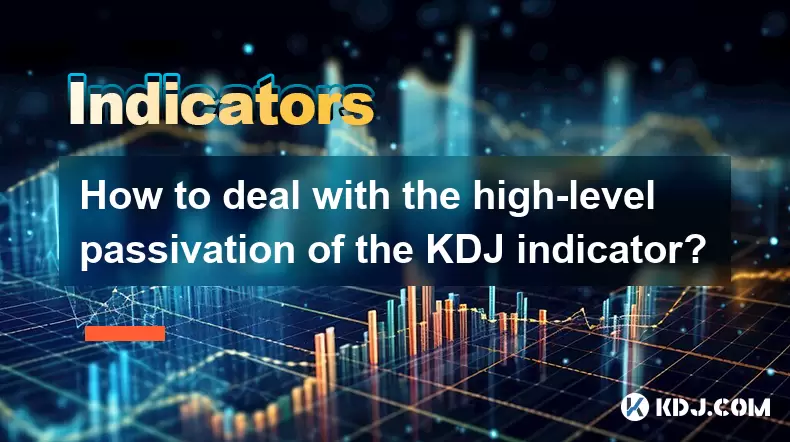
How to deal with the high-level passivation of the KDJ indicator?
Jun 30,2025 at 02:14pm
Understanding the KDJ Indicator and Its Role in Cryptocurrency TradingThe KDJ indicator, also known as the stochastic oscillator with J line modification, is a momentum-based technical analysis tool widely used in cryptocurrency trading. It consists of three lines: K, D, and J, which reflect overbought and oversold conditions. Traders often rely on it t...
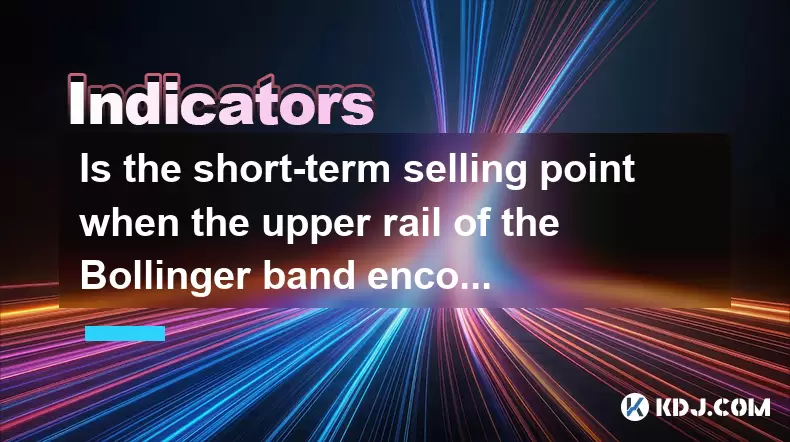
Is the short-term selling point when the upper rail of the Bollinger band encounters resistance and falls back?
Jun 30,2025 at 03:29pm
Understanding Bollinger Bands and Their Role in TradingBollinger Bands are one of the most widely used technical indicators in cryptocurrency trading. They consist of three lines: a simple moving average (SMA) in the middle, typically set to 20 periods, and two outer bands that are standard deviations away from the SMA—usually set at 2 standard deviatio...
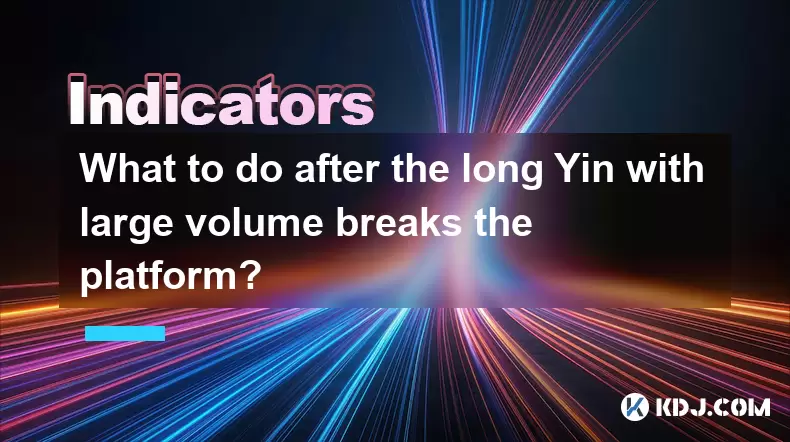
What to do after the long Yin with large volume breaks the platform?
Jun 30,2025 at 03:07pm
Understanding the Long Yin with Large Volume PatternA long Yin refers to a candlestick pattern where the price opens higher but closes significantly lower, forming a long red (or bearish) candle. When this occurs alongside large trading volume, it signals strong selling pressure and a potential shift in market sentiment. If this pattern breaks a previou...
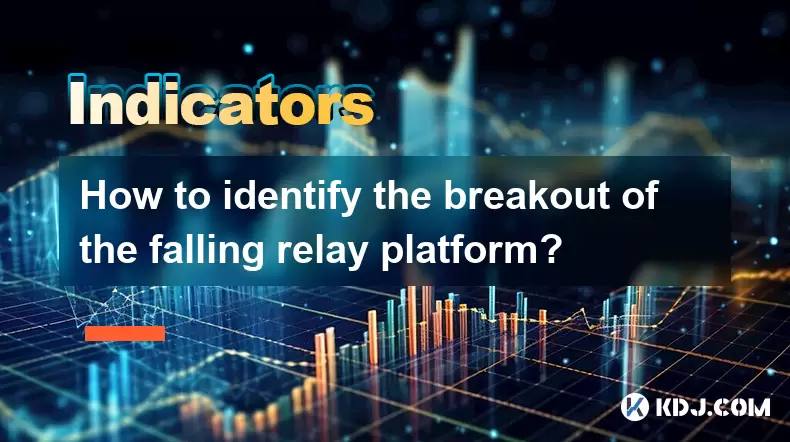
How to identify the breakout of the falling relay platform?
Jun 30,2025 at 03:35pm
What is a Falling Relay Platform in Cryptocurrency Trading?In cryptocurrency trading, a falling relay platform refers to a specific price pattern observed on candlestick charts. It typically manifests as a series of consolidation zones during a downtrend, where the price temporarily stabilizes before continuing its downward movement. These platforms are...

Is it a strong signal to reverse the positive line the next day after the high-level long upper shadow line?
Jun 30,2025 at 03:56pm
Understanding the High-Level Long Upper Shadow LineIn technical analysis, a high-level long upper shadow line refers to a candlestick pattern where the price opens at a certain level, rises significantly during the session, but then closes much lower than its high point. This results in a candle with a long upper wick or shadow, indicating that buyers p...

Is the wash-out of the continuous shrinking small negative lines over?
Jun 30,2025 at 12:21pm
Understanding the Concept of Wash-Out in Cryptocurrency MarketsIn cryptocurrency trading, a wash-out refers to a sharp price decline that forces weak-handed traders and investors to liquidate their positions. This often happens when a series of small negative candlesticks appear on the chart, indicating bearish sentiment without a significant breakout. ...

How to deal with the high-level passivation of the KDJ indicator?
Jun 30,2025 at 02:14pm
Understanding the KDJ Indicator and Its Role in Cryptocurrency TradingThe KDJ indicator, also known as the stochastic oscillator with J line modification, is a momentum-based technical analysis tool widely used in cryptocurrency trading. It consists of three lines: K, D, and J, which reflect overbought and oversold conditions. Traders often rely on it t...

Is the short-term selling point when the upper rail of the Bollinger band encounters resistance and falls back?
Jun 30,2025 at 03:29pm
Understanding Bollinger Bands and Their Role in TradingBollinger Bands are one of the most widely used technical indicators in cryptocurrency trading. They consist of three lines: a simple moving average (SMA) in the middle, typically set to 20 periods, and two outer bands that are standard deviations away from the SMA—usually set at 2 standard deviatio...

What to do after the long Yin with large volume breaks the platform?
Jun 30,2025 at 03:07pm
Understanding the Long Yin with Large Volume PatternA long Yin refers to a candlestick pattern where the price opens higher but closes significantly lower, forming a long red (or bearish) candle. When this occurs alongside large trading volume, it signals strong selling pressure and a potential shift in market sentiment. If this pattern breaks a previou...

How to identify the breakout of the falling relay platform?
Jun 30,2025 at 03:35pm
What is a Falling Relay Platform in Cryptocurrency Trading?In cryptocurrency trading, a falling relay platform refers to a specific price pattern observed on candlestick charts. It typically manifests as a series of consolidation zones during a downtrend, where the price temporarily stabilizes before continuing its downward movement. These platforms are...
See all articles

























































































